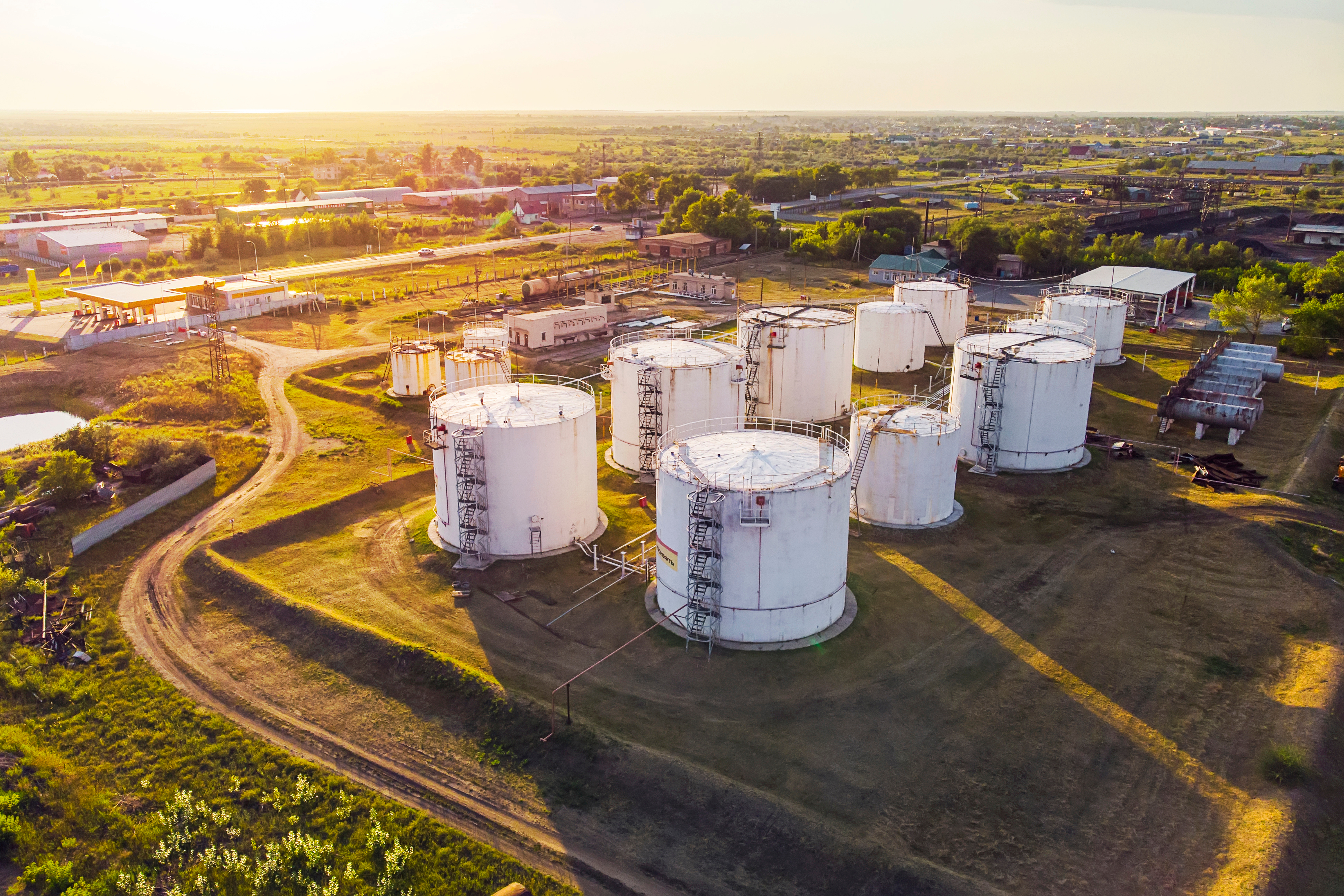
- admin
- July 23, 2020
An In-Depth Guide to Petroleum Tank Cleaning Procedures
Petroleum products such as gasoline, diesel fuel, biofuels, lube oils and engine oils are essential for a firm to operate. As the name suggests, petroleum tanks are large above-ground storage tanks that can store petroleum products in massive quantities.
In this blog, we have thrown light on tank cleaning procedures and its best management practices.
So, let’s delve deep!
Petroleum Tank Cleaning Procedures
For proper functioning of the petroleum tanks, it’s essential to clean it at periodic intervals. The first step toward cleaning a petroleum tank is to check the liquids stored in it.
Assess the physical and chemical properties of the tank’s contents and all its associated deposits for understanding the expected behavior under tank cleaning conditions. Pay attention to lash point, electrical conductivity, lead content, toxic additives, and hydrogen sulfide in particular.
Before taking the tank out for service, ensure to minimize any sludge or sediment by either diluting the contents or adding the requisite chemicals.
Next, estimate the amount of the sludge and empty the tank to the maximum possible extent using the normal operational piping system. If the tanks cannot be unloaded using the conventional system, adopt special measures such as connecting it to low drains and adding water to raise the product level. Vacuum pumping also serves the same purpose.
After the tanks are vacant, empty all the connecting pipes and flush it with water. Then, collect all water used for clearance and flushing for separate treatment or disposal unless its quality is acceptable for the standard interception system.
If you wish to close the valves, then ensure its protected against inadvertent operation by using pneumatic or electric isolation of the actuator. In manual valves, remove the handwheels. Pipe work disconnection will eventually result in the release of hydrocarbon vapors.
Best Management Practices for Above Ground Petroleum Storage Tanks
The use of above-ground storage tanks has considerably increased over the past two decades.
This is because the tanks not only have a wide range of benefits but are also pocket-friendly. However, like any other tank, it’s essential to abide by certain management practices to prevent recurring repairing costs.
1. Ask your staff to conduct routine checks and then identify and eliminate risks associated with oil spillage and the functioning of the tank’s mechanical parts.
2. Clean the exterior portion of the tank every alternate month to prevent the formation of rust and other substances that may tend to oil leakage.
3. Check the safety parameters and ensure it’s abiding by all, as per the Federal Government’s instructions.
So, here was our complete guide on petroleum tanks. Let us know in the comment section what you think about these tanks.
Also, let us know whether you’ve already installed one at your firm or factory if there’s a need to store petroleum products.
If you have, then share your views on it, and if you haven’t, then let us know why and maybe we’d be able to help you out with the best tank suiting all your needs.
- Industrial Storage Tanks
- petroleum tanks
- petroleum tanks cleaning process
Category
- Above Ground Fuel Tanks
- Above Ground Gas Storage Tank
- Above Ground Storage Tanks
- Above Ground Water Storage Tanks
- Agricultural Tanks
- Chemical storage Tanks
- Diesel Fuel Storage Tanks
- Diesel Storage Tanks
- Exernal FloatingRoof Tanks
- Farm Water Tank
- Fiberglass Oil Tanks
- Fiberglass Septic Tanks
- Fiberglass Tanks
- Fiberglass Underground Fuel Storage Tanks
- Field Erected Tanks
- Floating Roof Tank
- Food and Beverage Tanks
- Fuel tank
- Industrial Chemical Storage Tanks
- Industrial Gas Tanks
- Industrial Hot Water Storage Tanks
- industrial hot water tank
- Industrial Plastic Tanks
- Industrial Storage Tanks
- Industrial Tank heating pads
- industrial tanks
- Natural gas
- Natural gas vs Propane
- oil storage tank
- Oil Storage Tanks
- Peracitic Acid
- Petroleum Tanks
- Residential gasoline storage tanks
- Residential Water Storage Tanks
- Sodium Hydroxide Storage Requirements
- Sodium Hypochlorite Storage Tanks
- Steel Storage Tanks
- storage tank failure prevention
- Storage Tanks
- Sulfuric Acid Tanks
- Uncategorized
- UnderGround Storage Tanks
- Waste water tank
- Water Storage Tanks

 Tank Size Calculator
Tank Size Calculator





